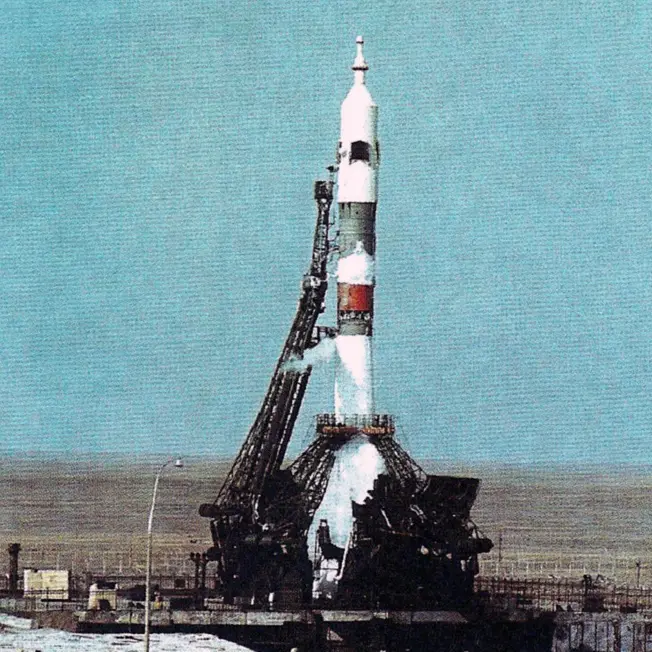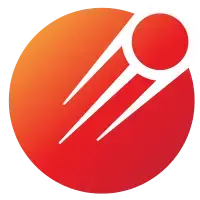Cosmos 140
Launch Success
Liftoff Time (GMT)
03:20:00
Tuesday February 7, 1967
Mission Details
Launch Notes
Second uncrewed test flight of the Soyuz spacecraft.
Cosmos 140
Cosmos 140, or Soyuz 7K-OK n°3, was an uncrewed flight of the Soyuz spacecraft. It was the third attempted test flight of the Soyuz 7K-OK model. The spacecraft suffered attitude control problems and excessive fuel consumption in orbit, but remained controllable. An attempted maneuver on the 22nd orbit still showed problems with the control system. It malfunctioned yet again during retrofire, leading to a steeper than planned ballistic reentry and a 30 centimetres hole being burned in the heat shield. Although the event would have been lethal to any human occupants, the capsule's recovery systems operated and the capsule crashed through the ice of the frozen Aral Sea, hundreds of kilometers short of its landing zone. The spacecraft finally sank in 10 meters of water and had to be retrieved by divers. The test performance was nonetheless deemed "good enough"; the manned docking missions of Soyuz 1 and Soyuz 2 were approved for the next flight. This is Soyuz's 2nd flight. The Soyuz is a Soviet crewed spaceship, developed to made manned lunar missions. This version called 7K will fly 4 times on the giant launcher N1, and several tens of times on Proton to fly over the Moon, which will be successful during the mission Zond 4. Soyuz will become the first spacecraft to transport living beings to the Moon during the flight of Zond 5, with two turtles. Subsequently, it is adapted to low orbit and will fly on the Soyuz launcher to serve the Salyut and Mir stations and the ISS.
Low Earth Orbit
1 Payload
6,453 kilograms
Launch Site
Stats
Soyuz
3rd
Mission
1st
Mission of 1967
OKB-1
222nd
Mission
3rd
Mission of 1967
1967
10th
Orbital launch attempt

